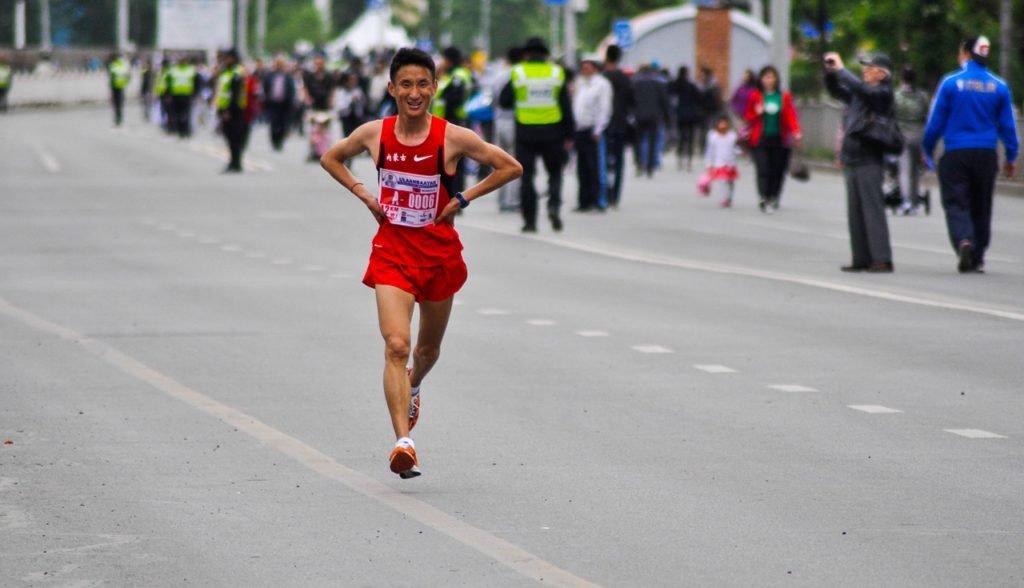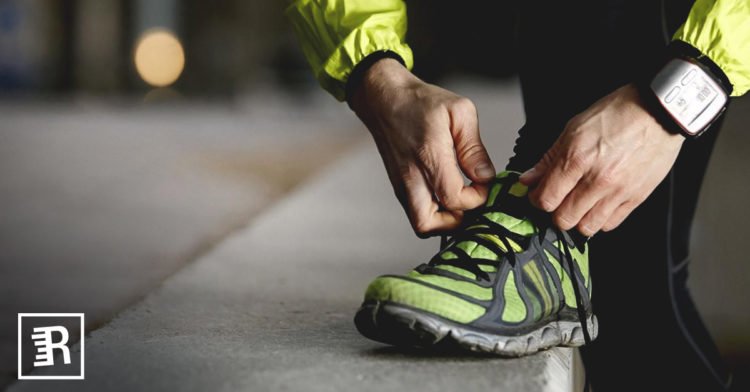Buying new running shoes does not always have to be a daunting task.
In fact, it can be an enjoyable process of self-discovery as a runner. From experienced runners to beginners, the right pair of shoes is a part of your journey. Here are 7 things to know when buying new running shoes that boost your search into a meaningful experience.
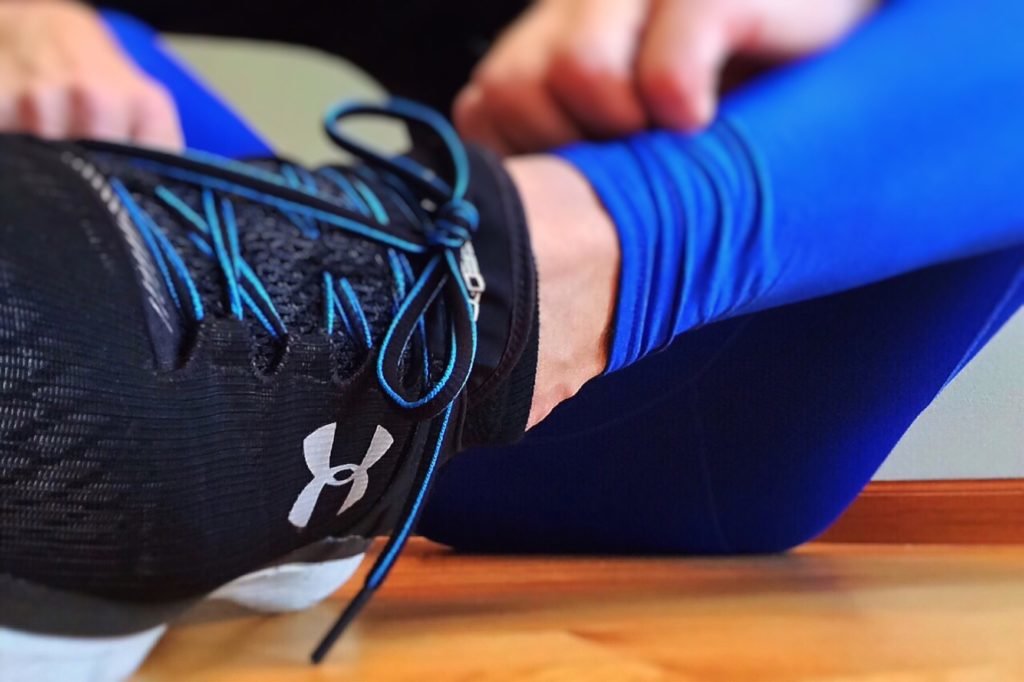
1. Start With Expertise
It is okay to be unsure of what you are looking for. The best place to start your search is to visit your local specialty running store. Sales associates at running stores are people who are knowledgeable and dedicated to the art of running. They know what to look out for in your running style and can assess your needs to determine what shoes work best with your body's movement.
Before going to the store, ask yourself a few questions. What do I want to achieve with these running shoes? How often do I train? What level of stability and cushion do I need? The answers will help you decide for yourself what shoe you may be looking for. With a little research yourself combined with the expertise of a running specialty store, you can make a decision with confidence.
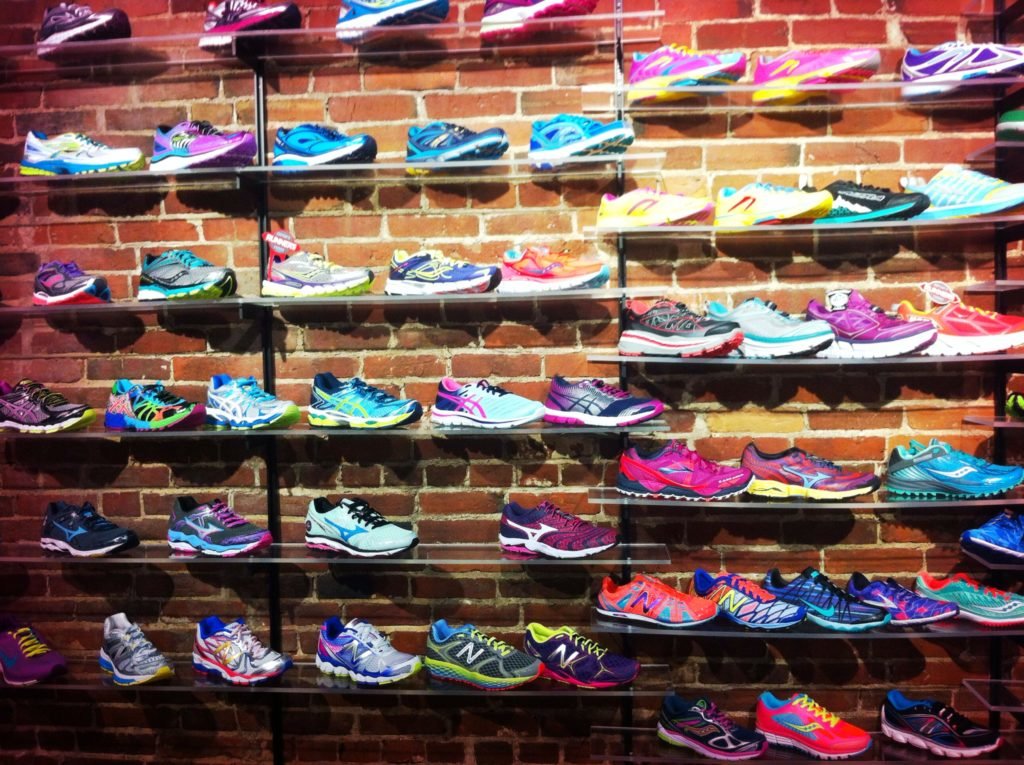
2. Be Aware of Past Injury
In some cases, your running shoes may be the cause of reoccurring injury. Your feet position themselves in a neutral, pronated, or under-pronated form as you run. Each position has a range of different running shoes that cater to your body's alignment needs. Some feet position are more prone to injury and often cause too much pressure for the shins. In return, it creates never ending shin splints or shifts into runner's knee.
The wear on the bottom of your shoes can help experts determine how you strike your feet against the ground. To counteract the natural rhythm of impact, there are running shoes that provide more cushion or stability that can help with your running style. Bring in your old shoes to the running store, so an expert can guide you to a shoe that keeps you injury free.
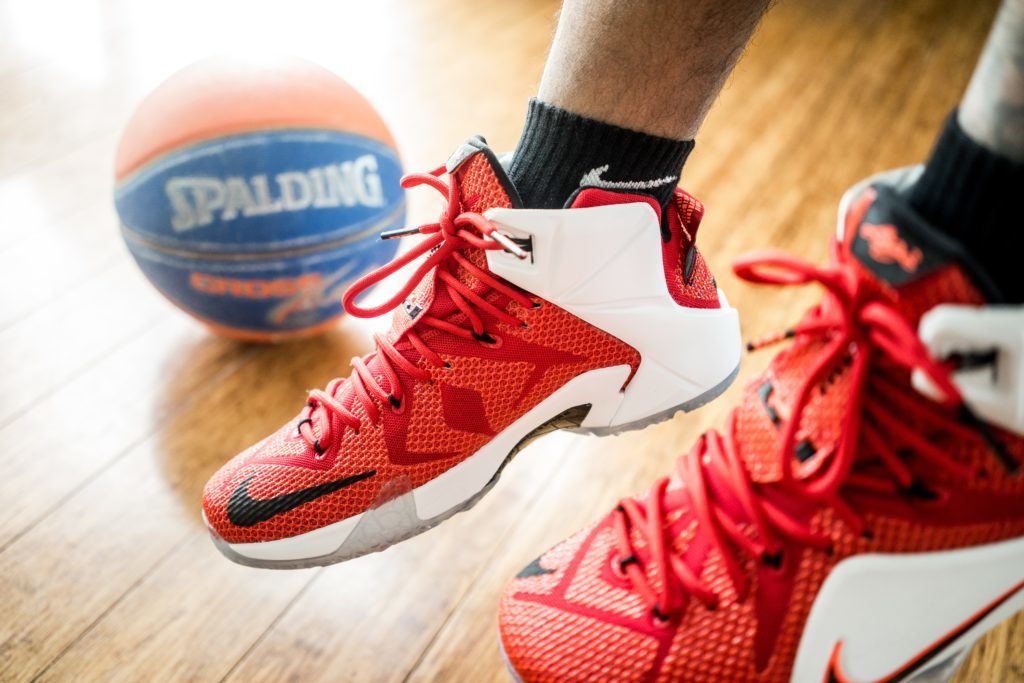
3. Buy For Color and Comfort
We all look in awe at the runners who can match their outfit with their shoes, but that is not a reality for most. It can be tempting to buy shoes for just color, but find a pair of shoes that give color and comfort. You want to feel confident in your new pair of running shoes, so do not settle for a pair that does not have all the features and style that you are looking for.
Back in the day, one could only get one color. In today's world, each shoe designed comes in multiple colors to choose from. Once you find the comfort level of shoe you are looking for, then you can find a color that works with you. If you do not find your color of shoe in the store, ask the sales associate about other colors available.
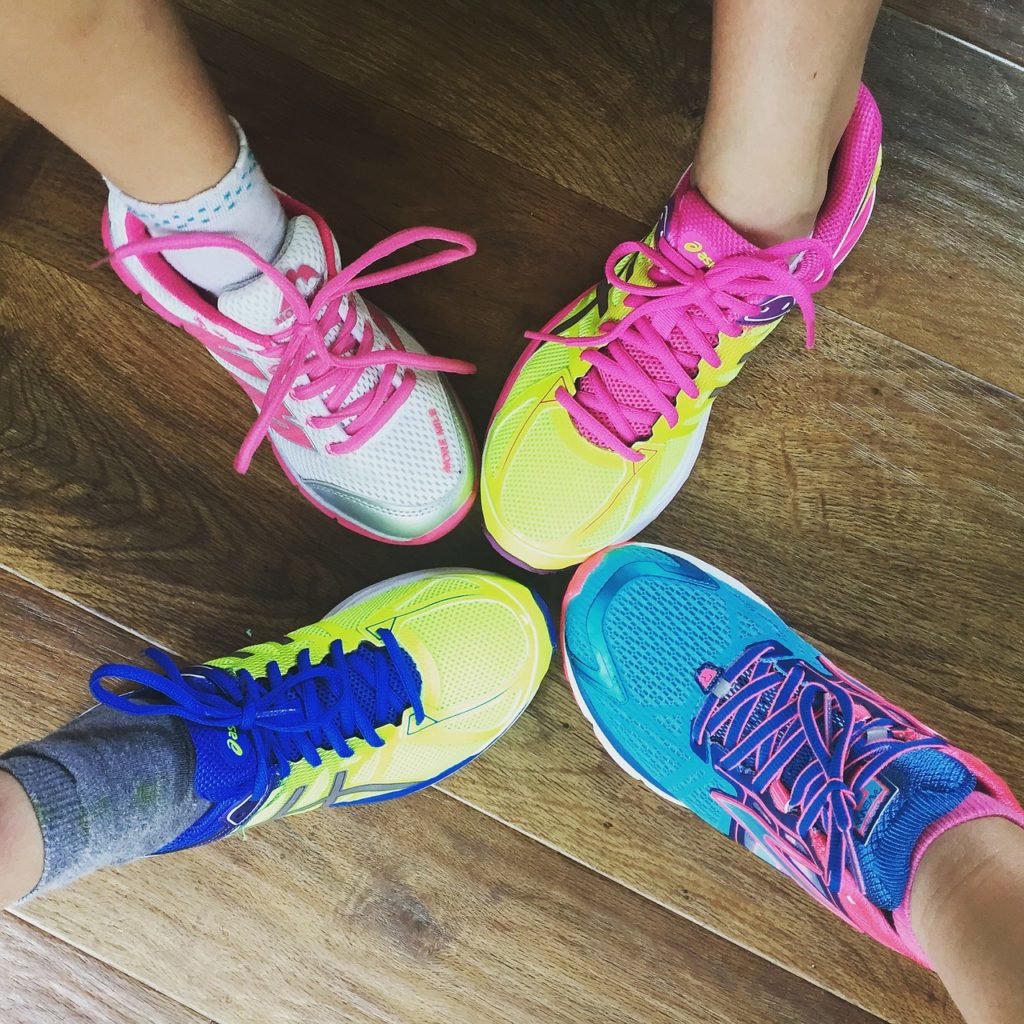
4. Have Space
Your feet swell as you run, which is why it is important to have a good amount of space in your shoe. Many runners wear a half or whole size above their normal street shoe. The right amount of space in your shoe gives you wiggle room to compensate for swelling. Heat, elevation change, or time of day all factor into making your feet expand during a run.
Your feet tend to swell more in the afternoon, which makes it a perfect time to search for shoes. Make sure there is a full thumb nails space between your toes and the end of the shoe. You want the perfect amount of wiggle room, but also the snug feeling of your shoe staying on.
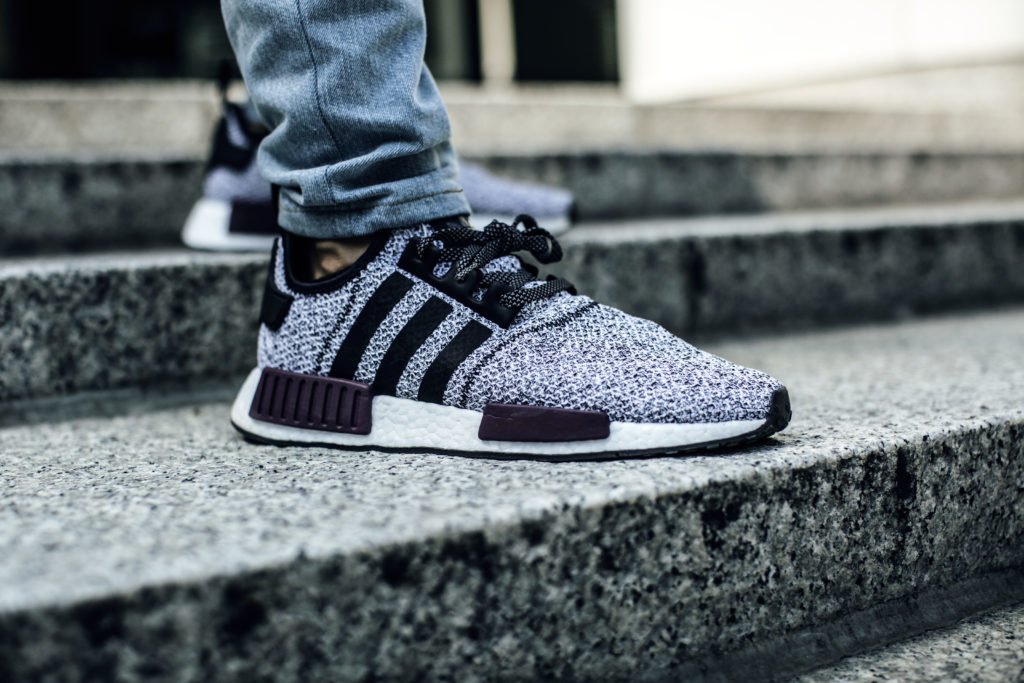
5. Wear Shoes Exclusively For Running
Purchase shoes with only running in mind. When you pound your feet against the pavement in a stride, it wears down the shoe in a specific way. Wearing your running shoes for other activities will only increase the mileage on them. You should replace your running shoes every 500 miles, but everyone is different. The right feel, stability, and cushion can last you awhile if you keep the pair of shoes exclusively for running.
Determine your stride and how you strike the ground with your feet. The more you are aware of your running style, the better you can determine what running shoe will work best for you. If you are not sure, a running store expert can assist you in determining your running style.
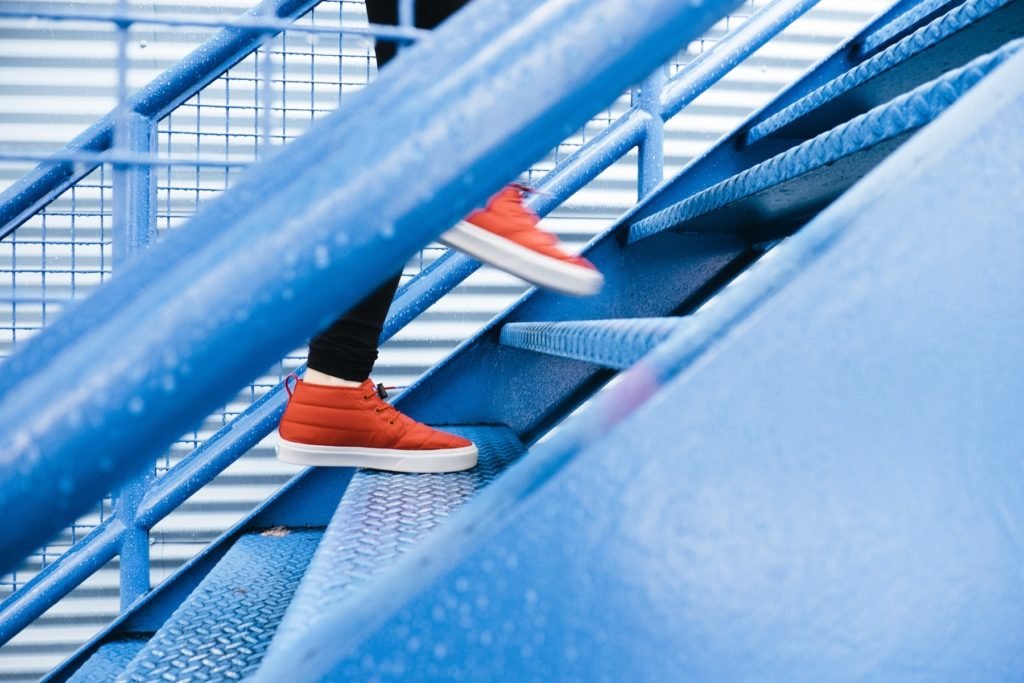
6. Have a Budget In Mind
Running shoes are expensive, so go into a running store with a budget in mind. Be ready to pay a little more for the stability your body may need. Good running shoes will range from around $120 to over $200. There is a large range of styles, colors, and widths of shoes that guide you to better form. Once you are comfortable with a new pair of running shoes, then you will know what to look out for when it is time for your next purchase.
Running shoes often come with a return policy. If you test out a pair of shoes and it is not working with your body, simply return it and search for a new pair. There is no shame in testing out different styles that help you stay injury free all year long.
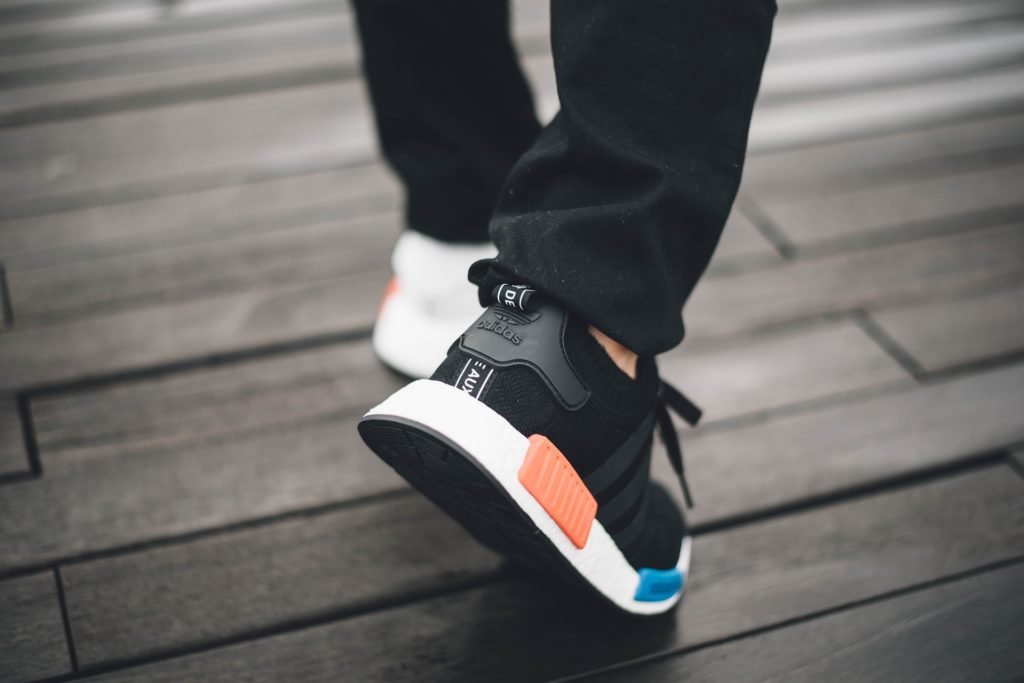
7. End With Confidence
When buying new running shoes, you want to end your search with confidence. Your new pair of running shoes should inspire new goals and aspirations for what you can accomplish. With a new season of running, write down your goals and stick to them.
You can listen to other runners about what shoes to buy, but only you can truly decide for yourself. Listen to your body and go with what feels good on your feet. Your feet hold you up and keep you stable, so treat them well with the right pair of running shoes.
